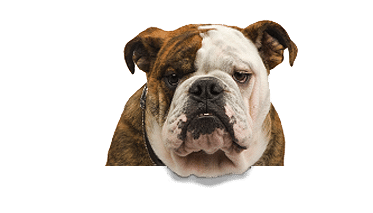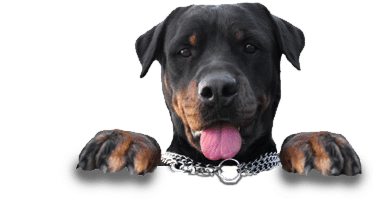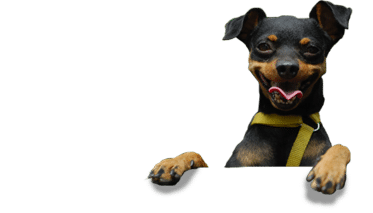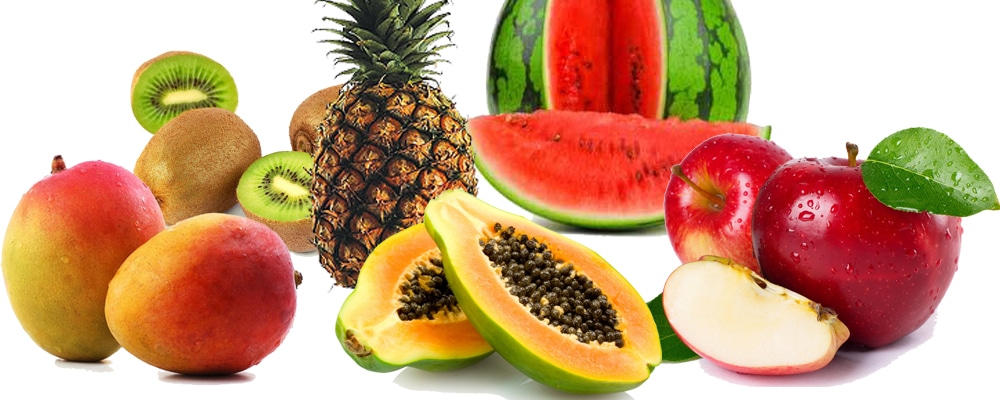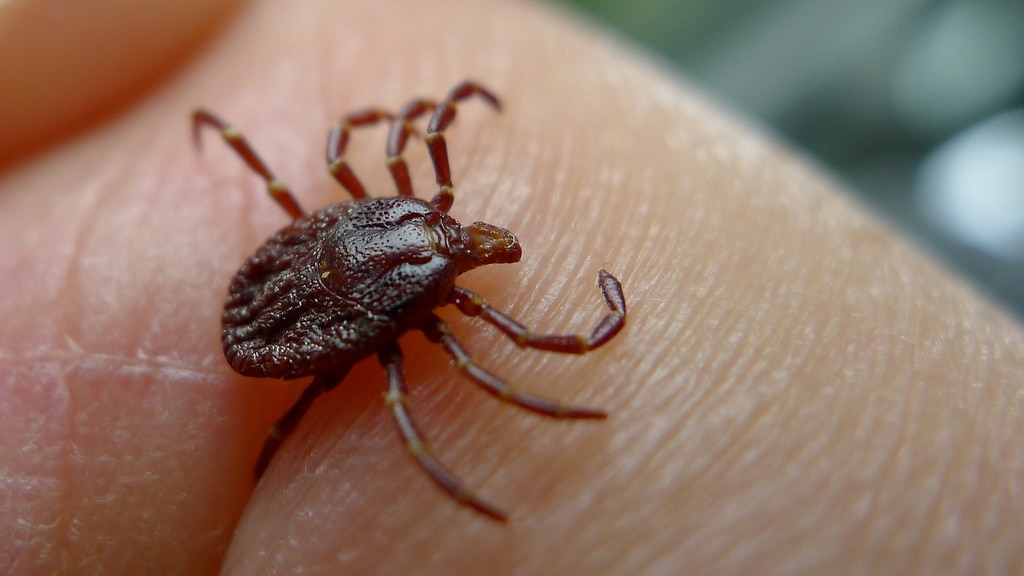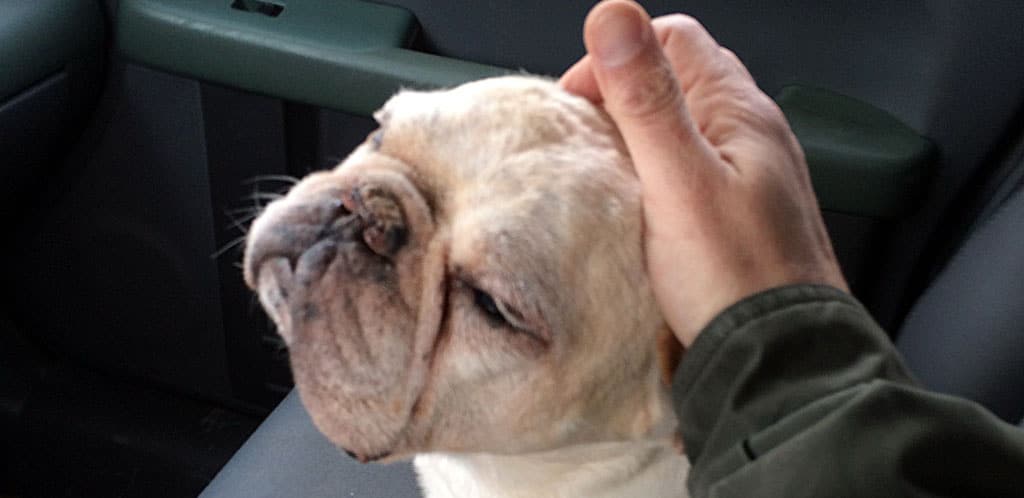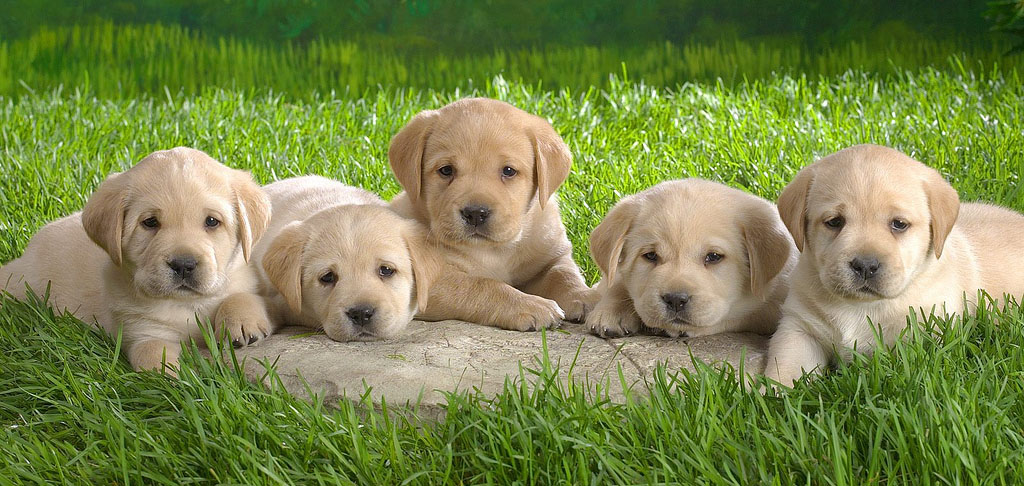How to help your dog lose weight without losing your mind - follow these few suggestions: Feed less count calories and your veterinarian can help you determine how much food to your dog needs A rough formula for an in active spayed or neutered adult dog between 60 and...
Fruits for Pups!
While we are enjoying the fruits this summer — Yes! these are all ok to share with your pooch! So, go ahead — one for you, one for me, one for you, one for me.
Ticks are an epidemic this year!
From the groomers table — Ticks are an epidemic this year! A simple homemade repellent solutions for your pet: Add 1 cup of water to a spray bottle, followed by 2 cups of distilled white vinegar. Ticks hate the smell and taste of vinegar, and will be easily be...
Loving your pet runs deep
Did you know 61% of animal lovers feel that losing a pet is more traumatic than being laid off.
Did you know second hand smoke is bad for your pets?
I came across this very educational and eye opening article by Dr. Ann Hohenhaus DVM, DACVIM (SAIM, ONCOLOGY) and wanted to share it with everyone. Dogs suffer from smoking-related illnesses similar to humans, like cancer and lung disease. Using sophisticated methods...
Grooming, Brushing & Bathing Your Puppy: Special Tips
Caring for a puppy requires knowing how to take care of his coat, skin, and nails. Tips on these topics are offered here. Grooming can start right away with the new puppy. Many owners think that it is a mistake to bathe or brush dogs under six months of age. They...



